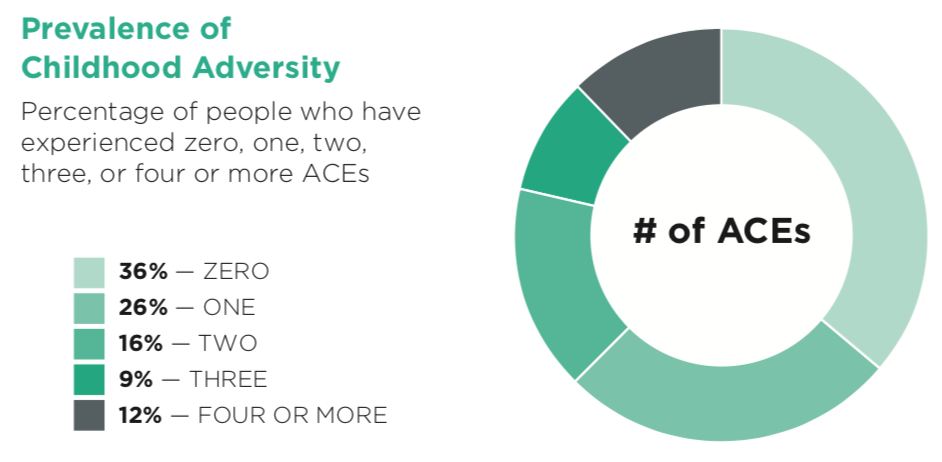- About Us
Overview
KVC Missouri is a nonprofit team that’s passionate about strengthening families, preventing child abuse and neglect, and helping people achieve mental wellness. Learn about KVC Missouri.
- Services
At KVC, we want every child and adult to be safe & connected to a strong family and a healthy community. We’re proud to be a leader in innovative, effective and compassionate care. See our services and programs overview.
- Locations
Locations Across Missouri
KVC offers Missouri’s most comprehensive continuum of care with family strengthening services, foster care case management, foster parent training and licensing, children’s mental health treatment, K-12 therapeutic education and more.
Get Connected
- Positive Impact
- Get Involved
Your Help Matters
There are many large and small ways you can still lend a hand.
How You Can Get Involved
- Events
Events
KVC Missouri provides a robust offering of trainings and community outreach events to support the needs of children and families across the state.
- Blog
Childhood Trauma
It is estimated that 2 out of 3 youth will be exposed to trauma before the age of 16. Traumatic childhood experiences such as abuse, neglect, parental substance abuse, natural disasters, and other life-altering events impact how a child views themselves and responds to the world. Trauma impacts regions of the brain responsible for problem-solving, emotion regulation and memory.
Years of research show that some of the worst health and social problems arise from traumatic childhood experiences.
Childhood Trauma Has Lifelong Effects
From 1995 to 1997, Kaiser Permanente’s Health Appraisal Clinic in San Diego studied more than 17,000 individuals in the Adverse Childhood Experiences (ACEs) Study. Researchers found that not only were ACES common, but a large portion of the group had experienced multiple ACEs. Participants also detailed their current health status and as the number of ACEs increased, so did the risk for health problems.
 Exposure to trauma causes high levels of stress within a person’s body and can overwhelm a person’s capacity to cope, also called toxic stress.
Exposure to trauma causes high levels of stress within a person’s body and can overwhelm a person’s capacity to cope, also called toxic stress.
The more toxic stress someone experiences, the more challenging it can be for the person to overcome future stress. Again, this is due to the way adversity affects a person’s brain development. Toxic stress also affects communities because the resulting health problems like depression, diabetes, heart disease, and cancer are costly and can adversely affect job performance.
Click here to learn how childhood trauma impacts a child’s performance in the classroom and how our sister organization, Camber Children’s Mental Health (previously KVC Hospitals), is helping create trauma-informed school districts.
Trauma-Informed Care
With a trauma-informed approach, a child’s treatment is focused on providing safe environments, practicing self-regulation and cognitive processing skills, and identifying resources to support the child as they transition back to their home community.
Related articles:




